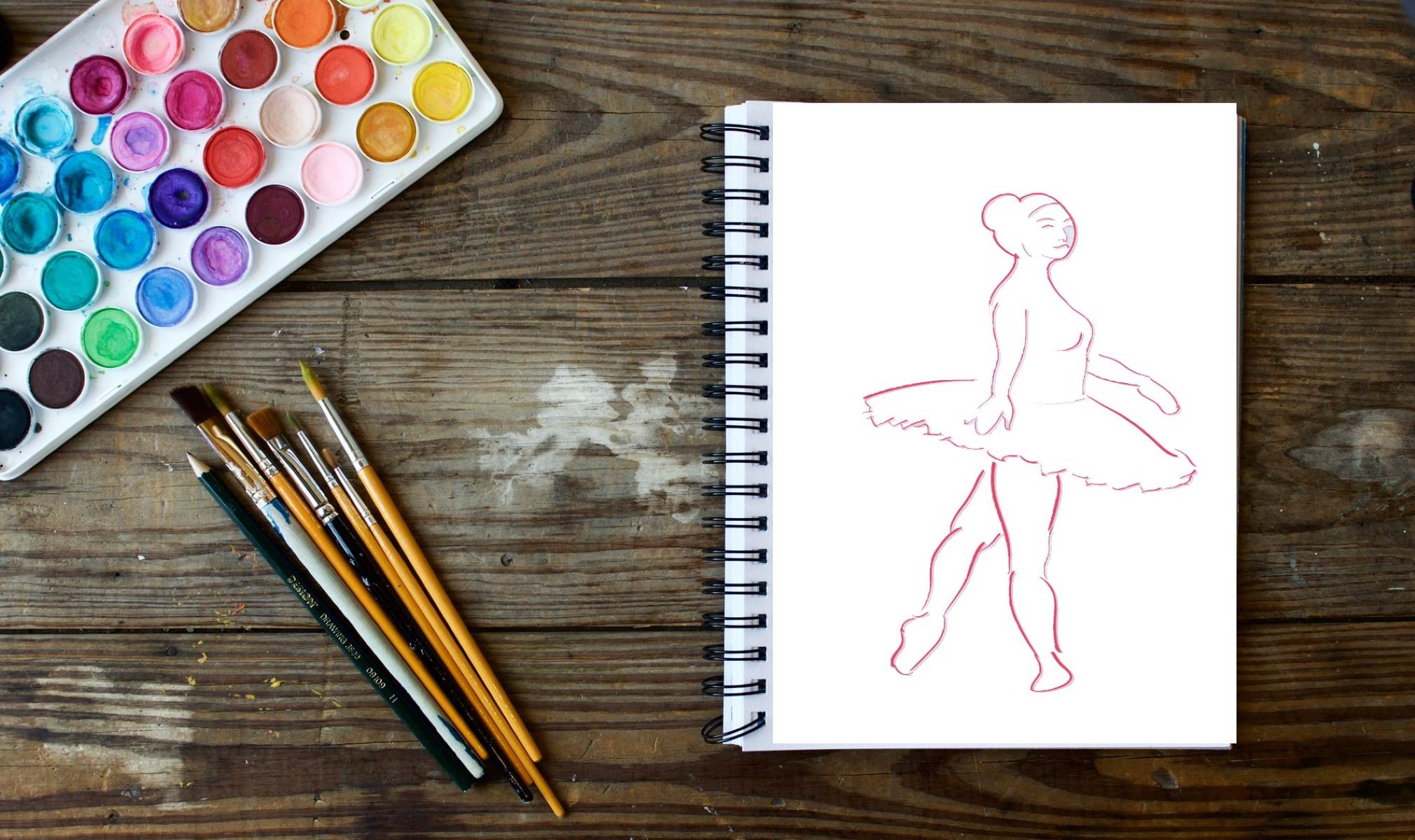
Are you a fan of artistic expression? Do you find comfort and joy in the simple act of putting pencil to paper and creating your own masterpieces? If so, you’re not alone! Drawing is a universally loved form of artistic expression that has captivated people for centuries.
In this article, we’re going to dive into the fascinating world of drawing and uncover 20 interesting facts that you may not know. From the origins of drawing to its therapeutic benefits, from famous artists to impressive records, there’s so much to discover about this timeless art form.
So grab your pencil, sharpen your mind, and get ready to explore the wonderful world of drawing!
Key Takeaways:
- Drawing has been around since ancient times and is a great way to express emotions and record events. It can also improve cognitive skills and memory retention, making it a fun and beneficial activity for everyone!
- From the famous “Mona Lisa” to the therapeutic benefits of art, drawing is a versatile and expressive form of creativity. Whether it’s for fun, relaxation, or making a statement, there’s something for everyone to enjoy in the world of drawing!
Drawing is one of the oldest forms of human expression.
Since the prehistoric times, humans have been using drawing as a means to communicate, express emotions, and record events.
Leonardo da Vinci’s “Mona Lisa” is one of the most famous drawings in the world.
This masterpiece showcases Da Vinci’s exceptional skill in capturing human expression and creating realistic portraits.
The pencil is one of the most commonly used tools for drawing.
Its versatility and ease of use make it a popular choice among artists of all levels.
Drawing can improve cognitive skills and memory retention.
Engaging in drawing activities stimulates the brain and enhances creativity, problem-solving abilities, and memory functions.
Anime and manga drawing styles originated in Japan.
These distinctive art styles have gained worldwide popularity, captivating audiences with their unique characters and storytelling.
Drawing can be a therapeutic outlet.
Many people use art therapy as a way to express their emotions, reduce stress, and improve overall well-being.
The world’s largest drawing was created in the Netherlands.
Spanning over 2,000 square meters, this massive artwork showcased the creativity and collaboration of numerous artists.
Charcoal is a popular medium for expressive and dramatic drawings.
Its rich, dark tones and smudging capabilities allow artists to create depth and texture in their artwork.
Drawing can be a form of meditation.
Focusing on the process of drawing can promote mindfulness and provide a calming effect on the mind and body.
The use of perspective in drawing creates the illusion of depth.
Artists utilize various techniques to create realistic spatial relationships within their drawings.
Drawing can be both representational and abstract.
Artists have the freedom to depict subjects realistically or explore more conceptual and unconventional approaches.
The art of caricature involves exaggerating certain features or characteristics for humorous effect.
Caricatures often emphasize distinct traits to create a comical or satirical representation.
Drawing helps improve hand-eye coordination and fine motor skills.
Through regular practice, artists enhance their ability to control and manipulate their drawing instruments.
Ink wash drawing is a technique that uses diluted ink to create various shades and tones.
This method allows artists to achieve a range of values and create visually stunning effects.
Drawing workshops and classes are an excellent way to learn and refine artistic skills.
These educational opportunities provide guidance, inspiration, and a supportive community for aspiring artists.
Drawing can be a form of storytelling.
Artists use visual narratives to convey emotions, depict events, and explore different themes.
The process of sketching helps artists develop their ideas and plan for more detailed artworks.
Sketches serve as a foundation for more refined drawings and paintings.
Drawing tools and materials have evolved over time.
From cave walls to digital tablets, artists now have a wide range of options to suit their preferences and artistic style.
Drawing can be a catalyst for social change and activism.
Artists throughout history have used their drawings to raise awareness of societal issues and advocate for positive change.
Drawing allows for endless creativity and self-expression.
Every artist brings their unique perspective and style to the world of drawing, making it a truly diverse and vibrant art form.
Conclusion
Drawing is not just a form of artistic expression, but a fascinating and versatile skill that has been practiced throughout human history. Whether you’re a professional artist or a casual doodler, there’s always something worth exploring and learning about drawing. In this article, we uncovered 20 interesting facts about drawing that shed light on its history, techniques, and impact.From the origins of cave paintings to the complex works of Renaissance masters, drawing has evolved and adapted. It serves as a means of communication, self-expression, and even therapy. The ability to capture the world around us through lines and strokes is truly remarkable.Whether you’re amazed by the intricate details of a pencil drawing or fascinated by the vibrant colors of a digital illustration, drawing has a way of captivating our minds and hearts. So, whether you’re a beginner or an expert, embrace the beauty of drawing and let your creativity shine.
FAQs
Q: What are the benefits of learning to draw?
A: Learning to draw not only enhances your artistic skills but also improves your hand-eye coordination, spatial awareness, and observation skills. It promotes self-expression, mindfulness, and can be a therapeutic activity.
Q: Can anyone learn to draw?
A: Absolutely! Drawing is a skill that can be learned and developed with practice. While some individuals may have a natural talent for drawing, anyone can improve their drawing abilities through proper guidance and consistent practice.
Q: What materials do I need to start drawing?
A: To start drawing, you will need basic materials such as pencils, erasers, paper, and a sketchbook. You can also experiment with different mediums like charcoal, pastels, or digital drawing tools depending on your preference.
Q: Are there different styles of drawing?
A: Yes, there are various styles of drawing, including realistic, abstract, cartoon, and portrait drawing. Each style has its own unique characteristics and techniques, allowing artists to express their creativity in different ways.
Q: Can drawing be a career?
A: Absolutely! Many professional artists pursue careers in fields such as illustration, animation, graphic design, and fine arts. With dedication, skill development, and a strong portfolio, you can turn your passion for drawing into a fulfilling career.
Q: How can I improve my drawing skills?
A: Improving your drawing skills requires practice, patience, and continuous learning. You can take drawing classes, join art communities, experiment with different subjects and styles, and seek constructive feedback from other artists to enhance your abilities.
Was this page helpful?
Our commitment to delivering trustworthy and engaging content is at the heart of what we do. Each fact on our site is contributed by real users like you, bringing a wealth of diverse insights and information. To ensure the highest standards of accuracy and reliability, our dedicated editors meticulously review each submission. This process guarantees that the facts we share are not only fascinating but also credible. Trust in our commitment to quality and authenticity as you explore and learn with us.


